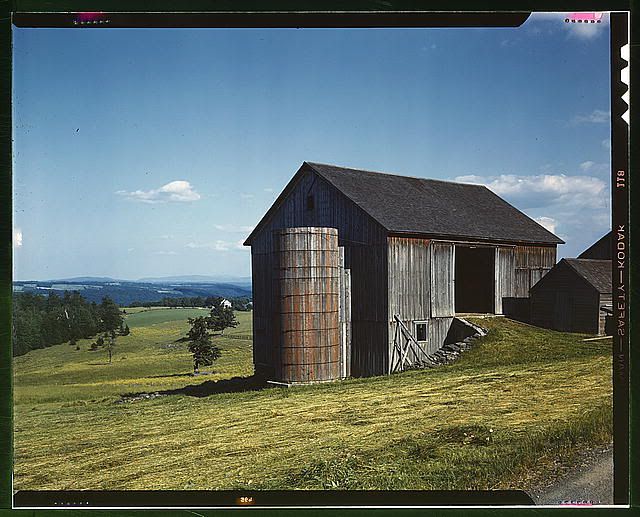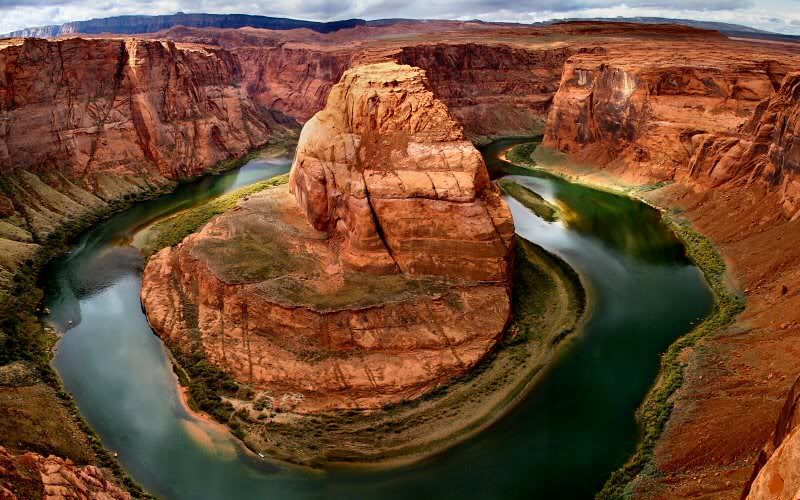
With the first writing project looming, I have chosen a, though seemingly simple, quite interesting photo. I found the above picture in an album titled “America from the Great Depression to World War II,” which stuck out to me as I am always intrigued by that time period in our nation’s history. The photo was taken by John Collier during 1913 in the Catskill region of New York. I have driven though this beautiful area in central and upstate New York and remember it being an exceptionally divine portion of the country. It had always baffled me how such a remarkable chunk of New York is hardly known of just because when most people think of the words “New York,” the city is all that comes to mind, though I, on the other hand, have tremendous reverence for the Catskill and Adirondack Mountain regions of the state.
The particular photo I will be examining is of, in the simplest sense, a barn, silo, shed and the rolling hills surrounding it. One thing that took me by surprise is how the barn seems old even in this picture, yet in reality it was most likely somewhat new. Having been on road trips through old farming communities throughout the country, I had figured that run down farms probably looked splendid back in their day. Having seen this type of picture, my perception changes to say that barns may not have looked amazing, but they were built to last. Many of the old barns standing today may be just as old as the one in this photo, but it was because they were taken excellent care of and respected as a means for employment rather than let go to scrap that they are still standing now.
Another piece of importance about this photo is that of how the barn is built on the side of a hill. The craftsmanship that went into building a barn on this type of landscape must have been exceptional. From the way that one side had to be built lower to keep the barn level to stability issues of having a lopsided structure to still keeping is solid and secure in an area that receives more than its share of snow and bad weather. Also, notice the doorway is built higher than the ground around it. I assume the walkway leading up to it is built on a slant is so when it does snow, it won’t run downhill into the barn, but instead run downhill, away from the door.
A main point that has me curious was whether the owner built the barn on the hill for the view, for practicality purposes or because the land was more fertile. I would think there would be a practical purpose, but maybe the view was too impressive to resist. Again, the question could come down to snow. A farmer wouldn’t want to be at the bottom of a large hill where his crops would often get flooded out. Over the next few weeks, I look forward to analyzing this photograph in greater detail.
As it stands now, the picture intrigues me for its physical items and the theories behind them, but I have yet to go into photography terminology and really get into the deeper meanings of the picture.
